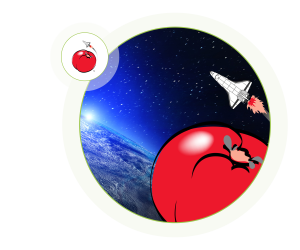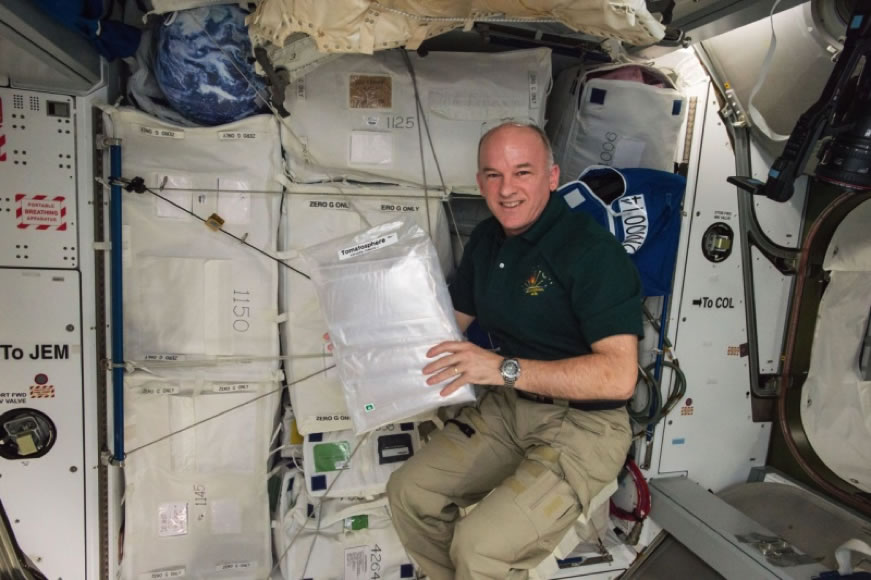Tomatosphere™

Tomatosphere™
Designed for: Grades K-8
For use by: Students, Teachers
Types of resources: Hands on activities, Guides, checklists and handouts.
Tomatosphere™ has evolved into a regular component of the science curriculum in schools, engaging more than 3 million students across the United States and Canada since its inception in 2001.
Tomatosphere™ is currently supported by a consortium of supporters, with First the Seed Foundation leading the implementation of the program in the United States. Registrations are currently being accepted for Fall 2024 and Spring 2025.
Register Compare to our other programs
The results from your Tomatosphere™ science experiments will help scientists understand some of the issues related to long-term space travel.

